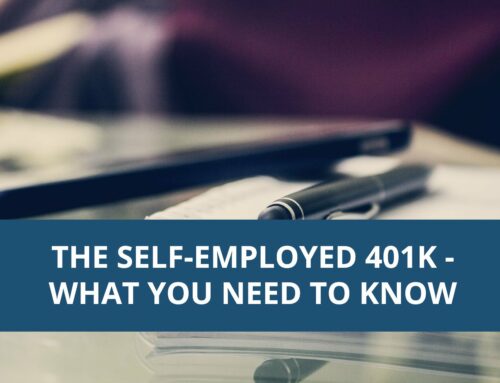The Americans with Disabilities Act (ADA) requires employers to reasonably accommodate the disabilities of their employees and to engage in an interactive process when a request for accommodation is made.
The Equal Employment Opportunity Commission describes it this way: the employee and the employer “communicate with each other about the request, the precise nature of the problem that is generating the request, how a disability is prompting a need for an accommodation, and alternative accommodations that may be effective in meeting an individual’s needs.”
We recommend that you do each of the following:
1. Determine the essential job function for the specific position. For example, a chef must be able to cook. An editior must be able to proofred, correct and revise text. If an employee cannot do one or more of the essential job functions, even with accommodation, then the employer is not required to make an accommodation.
2. Request medical information and supporting documentation as needed and as appropriate, as you do not have to take the employee’s word for it. Be careful not to request or require more than reasonable – a simple note from a licensed physician summarizing the condition and the employee’s needs is sufficient. In-depth details of the diagnosis are not required.
3. Discuss the challenges your employee has and how they are affected by them to find a specific solution that works for them.
4. Explore with the employee a range of potential reasonable accommodations to help minimize or remove the identified challenges.
5. Assess the effectiveness of each agreed-upon reasonable accommodation. Some accommodations may not work out for either party and need to be reassessed later in changed circumstances. An employer does not have to provide accommodations that would create undue hardship for them, but keep in mind that “undue hardship” is a high bar to meet and should not be relied upon in most circumstances.
6. Communicate regularly with the employee throughout the process and once accommodations are in place to ensure a healthy work relationship, and document these conversations.
The interactive process is simply an ongoing conversation with an employee to ensure maximum productivity going forward, while ensuring they experience a reasonably accommodated work environment under the ADA.







